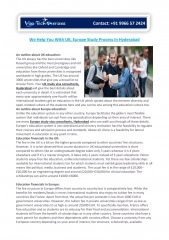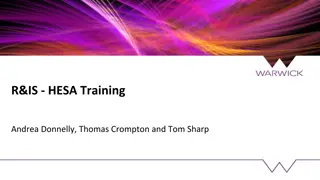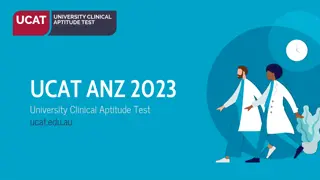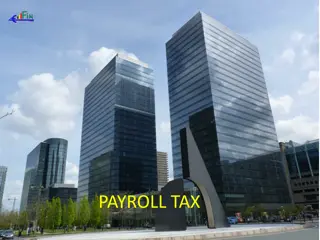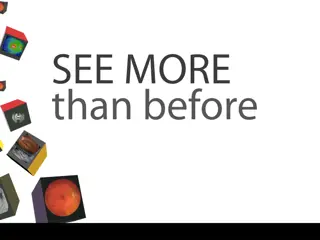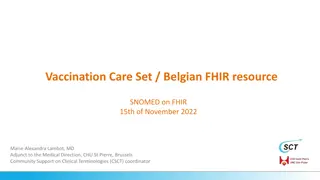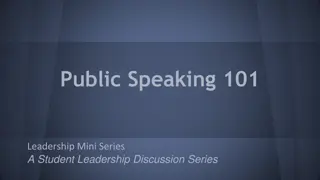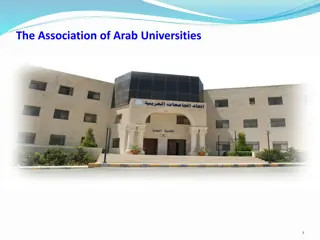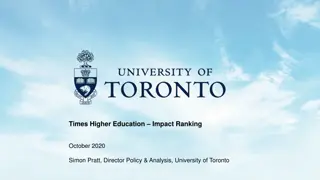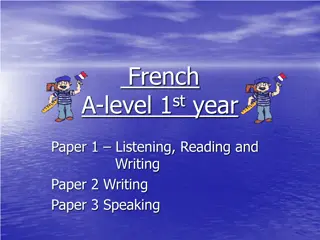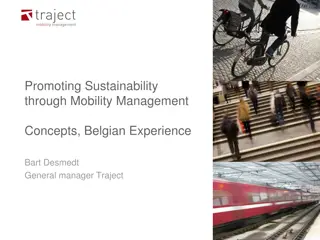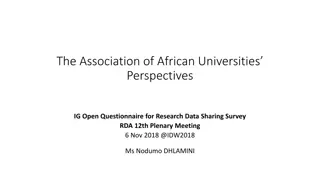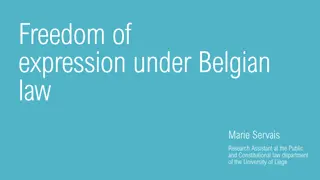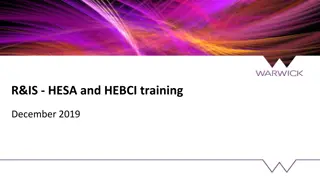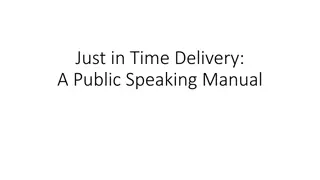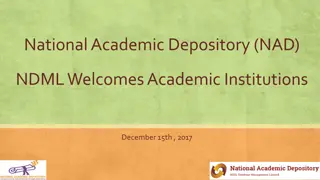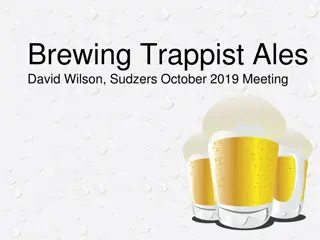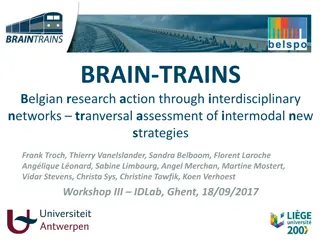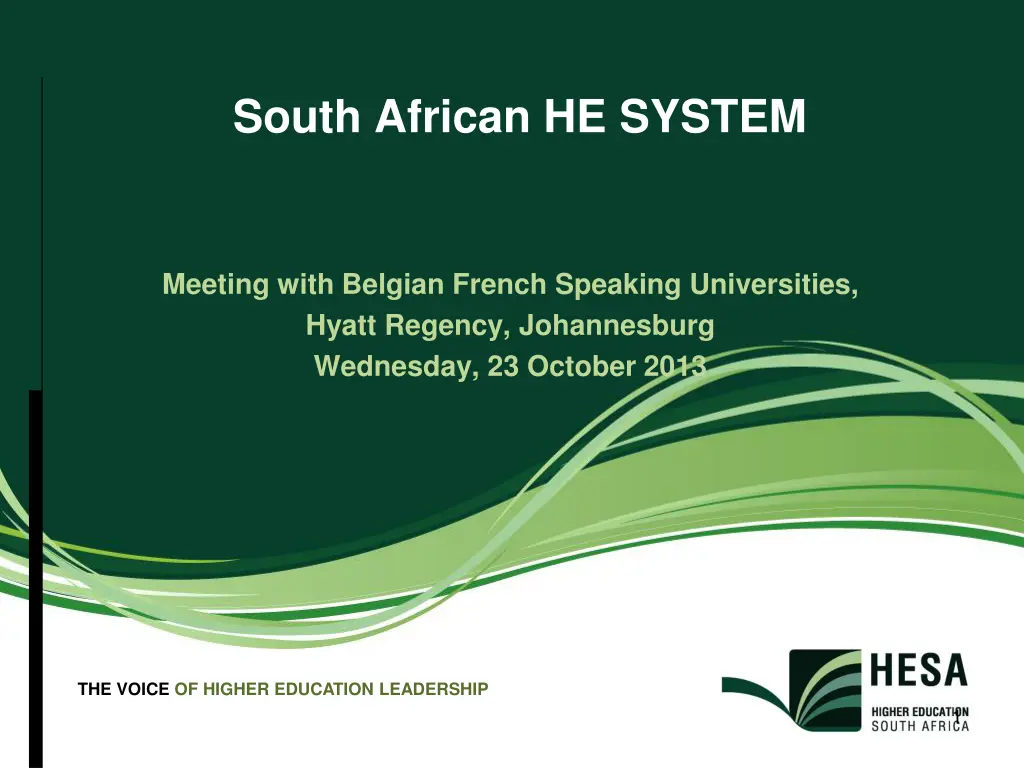
Insights into the South African Higher Education System and Challenges
Delve into the complexities of South Africa's Higher Education system, with a detailed overview of its institutions, regulating authorities, and key challenges. Discover the opportunities for collaboration with French-speaking universities and explore ways to enhance curriculum effectiveness, promote equity, and address modernization demands. Gain valuable insights into the market size challenges and quality considerations in meeting the escalating demand for post-school education.
Download Presentation

Please find below an Image/Link to download the presentation.
The content on the website is provided AS IS for your information and personal use only. It may not be sold, licensed, or shared on other websites without obtaining consent from the author. If you encounter any issues during the download, it is possible that the publisher has removed the file from their server.
You are allowed to download the files provided on this website for personal or commercial use, subject to the condition that they are used lawfully. All files are the property of their respective owners.
The content on the website is provided AS IS for your information and personal use only. It may not be sold, licensed, or shared on other websites without obtaining consent from the author.
E N D
Presentation Transcript
South African HE SYSTEM Meeting with Belgian French Speaking Universities, Hyatt Regency, Johannesburg Wednesday, 23 October 2013 THE VOICE OF HIGHER EDUCATION LEADERSHIP 1
Presentation Outline 1. Overview of the SA HE system 2. Opportunities for further cooperation 3. Conclusion 2
Overview of SA HE Complex, multi-layered, pyramidal system, with a variety of institutions. 23 public institutions a. Traditional universities: 11 b. Comprehensive universities: 6 c. Universities of Technology: 6 d. Additional public universities to be introduced in 2014: 2 e. A university in 2015: 1 Student enrolment: close to 1 million Other Institutions a. Further Education and Training Colleges: 50 b. Single-purpose colleges (nursing, agriculture, teacher education): few c. Private universities: few Student enrolment: close to 500 000
Regulating Authorities Department of Higher Education and Training (DHET) (funding and planning) Council on Higher Education (CHE) (quality assurance: monitoring, advisory and programme accreditation) South African Qualifications Authority (SAQA) (registering, monitoring and review of SA qualifications) Other Quality Councils (UMALUSI & Quality Council for Trades and Occupation) 4
Challenges Improving the effectiveness of curricula for contemporary conditions breadth of subject matter multilingualism the literacies: academic, quantitative, information/ICT education for responsible citizenship experiential and service learning Towards equity of access and outcomes in the interests of national developmental needs 5
Challenges cont... Modernisation : adjusting to changing world and regional conditions international moves for transformation Graduates for the 21stcentury Ranking and its politics Equity international moves to widen participation for economic and social reasons Standardisation, mobility and management e.g. Bologna, credit recognition systems in SA, the Hons problem 6
Market Size and Challenges Demand for HE/post-school education is huge Why can t this demand be met within the country? How to expand capacities? Quality vs. demand: reservations, privatization; policy dilemmas and challenges A third of our students are on open-distance learning (UNISA) 3rd of post-graduate students - foreign
Cooperation opportunities 1. SA HE system is largely an undergraduate system opportunity for cooperation in the production of Masters and Doctoral graduates 2. Take advantage of existing EU internationalization instruments Erasmus Mundus , etc. 3. Create more funding instruments for mobility of students and academics between the two countries 4. Explore the joint degree model, subject to policy certainty in South Africa 8
QUESTION & ANSWER Thank you 9

